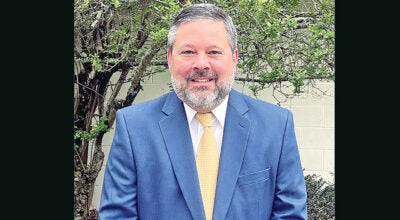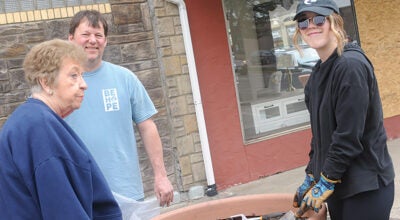Review could help Ohio ID idle property to be sold
Published 11:15 am Monday, July 22, 2013
DAYTON (AP) — A task force to be created under Ohio’s new budget will help determine which of the nearly 36,000 state properties are idle or underused and could be consolidated or sold to generate revenue.
That could address longstanding concerns that some state-owned land, potentially worth millions of dollars, serves no purpose other than being nontaxable for local governments, the Dayton Daily News reported.
The state treasurer has a database of the properties but doesn’t keep tabs on how those buildings and land are used. Updating that inventory would pave the way for renting out or selling assets to bring in more money, Treasurer Josh Mandel said.
“This is a great opportunity to generate revenue for the state without raising taxes at all,” Mandel said.
The state has nearly 671,000 acres of land, and about two-thirds of that make up parks and preserves around Ohio under the Department of Natural Resources. The Department of Transportation owns the most properties with a total of more than 19,000, thousands of which are small road parcels and rights of way.
The budget gives a task force of lawmakers and administration representatives a year to determine which properties aren’t being used productively and make recommendations for consolidating, selling or giving new purpose to such property.
In 2007, then-treasurer Richard Cordray’s office studied about one-fourth of the 88 counties and found 446 properties with potential for private or community development and an estimated value of $100 million, the newspaper said.
In the years since, the office has received about 500 inquiries regarding different uses for state property.
Among those asking is a group hoping to create a museum at a former Ohio National Guard armory in Eaton. It has waited more than a year to learn the state’s asking price for the century-old building, vacated in a Guard unit’s 2010 relocation.
“At this point we’re kind of in limbo until we hear back from the state,” said Tina Marker, co-chair of Preble County Heritage. “It’s very difficult to plan anything until you know where that (price) is going to hit.”





